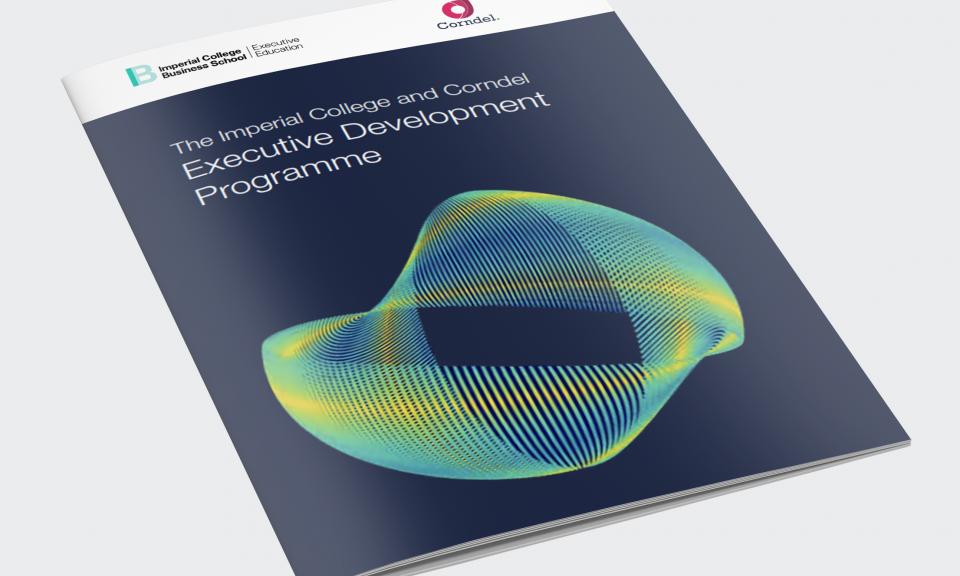
After assembling rescues of indebted local governments and a plunging stock market for much of the year, China’s leadership gets an opportunity to revive their narrative ofeconomic reform at a gathering now set for October.
Ahead of the Communist Party’s so-called Fifth Plenum in three months, President Xi Jinping has been meeting in recent weeks with provincial party bosses. Central to the talks has been the nation’s next five-year plan, where a key challenge will be how to deliver on promises to ease state control over the economy.
With a 2013 pledge to give a decisive role to markets seen by some investors as tarnished by regulators’ handling of a stocks surge and subsequent plunge, Xi’s blueprint could refocus attention on changes to the social and economic landscape for years to come. Among central topics will be the role and structure of state-owned enterprises, oversight of energy prices, and what to do with the current seven per cent growth target.
“Here lies the credibility of the leadership,” said Zhang Wenkui, a senior researcher at the Development Research Center, a unit of the State Council, or China’s cabinet. The five-year plan “is supposed to make the Chinese Dream happen.”
Xi, who will mark three years as the party’s general secretary this autumn, has championed a vision of becoming a “moderately well-off society” by 2020, with gross domestic product (GDP) and per-capita income levels double those of 2010.
While progress has been made in shifting the Chinese economy’s reliance toward the consumer – and away from exports and heavily polluting industries such as steel – moves to introduce greater private sector competition and reduce politically driven credit allocation have lagged behind.
“The Xi leadership needs to move from an era of promises to one of active implementation,” said Kerry Brown, director of the China Studies Center at the University of Sydney, who previously worked at the British embassy in Beijing. “We are now almost three years into this new era and the honeymoon is long over.”
A draft of the 2016-2020 plan is complete and the government is seeking comments from local officials and experts, China Business News reported this week. Xi has been at the centre of the planning process, holding meetings with party bosses of at least 18 provinces in the past three months, according to the official Xinhua News Agency.
Current and retired Communist Party leaders are set to discuss the proposals in the coming weeks during their annual conclave at the Yellow Sea resort area of Beidaihe, more than 200 kilometres (124 miles) from the capital.
Their challenges include limiting population growth in some top-tier cities, such as Beijing, and encouraging rural migrants to move elsewhere. Expanding the nation’s social-security system, reforming rural landholdings and giving families of internal migrants access to public services including education and health are other key areas.
“One area where people are looking for more movement on is state-owned enterprise reform, which would have significant repercussions across the economy,” said Mark Williams, chief Asia economist at Capital Economics Ltd in London. “Some sort of privatisation and breaking up of the big entities” is needed, he said.
Bringing down remaining barriers between China and the international economy, encouraging the upgrading of manufacturing, reforming energy pricing and supporting smaller enterprises are among the points to watch, said Han Meng, a senior researcher at the Institute of Economics of the Chinese Academy of Social Sciences in Beijing.
“The GDP target can be lower and growth rate slower, around 6.8 per cent is likely,” Han also said. That would match the International Monetary Fund’s projection for this year, a pace that would be the weakest since 1990.
One option would be to abandon the annual growth target, a move that could allow policy makers to take more risks, according to Levin Zhu, former head of China International Capital Corp.
“If they can let go the GDP target, we probably can have a more rational, systematic reform” of state-owned enterprises, Zhu said on a panel at a conference in Singapore earlier this week.
Letting go hasn’t been easy. The government’s recent measures to stem losses in the stock market have set back its stated aim of increasing the role of markets in the economy, Standard & Poor’s (S&P) said on Thursday.
“We believe the central government has shown a reduced regard for long-term implications when addressing immediate risks,” S&P credit analyst Kim Eng Tan said in a press statement. “Such actions put policy credibility and effectiveness into question.”
[“source – business-standard.com”]












